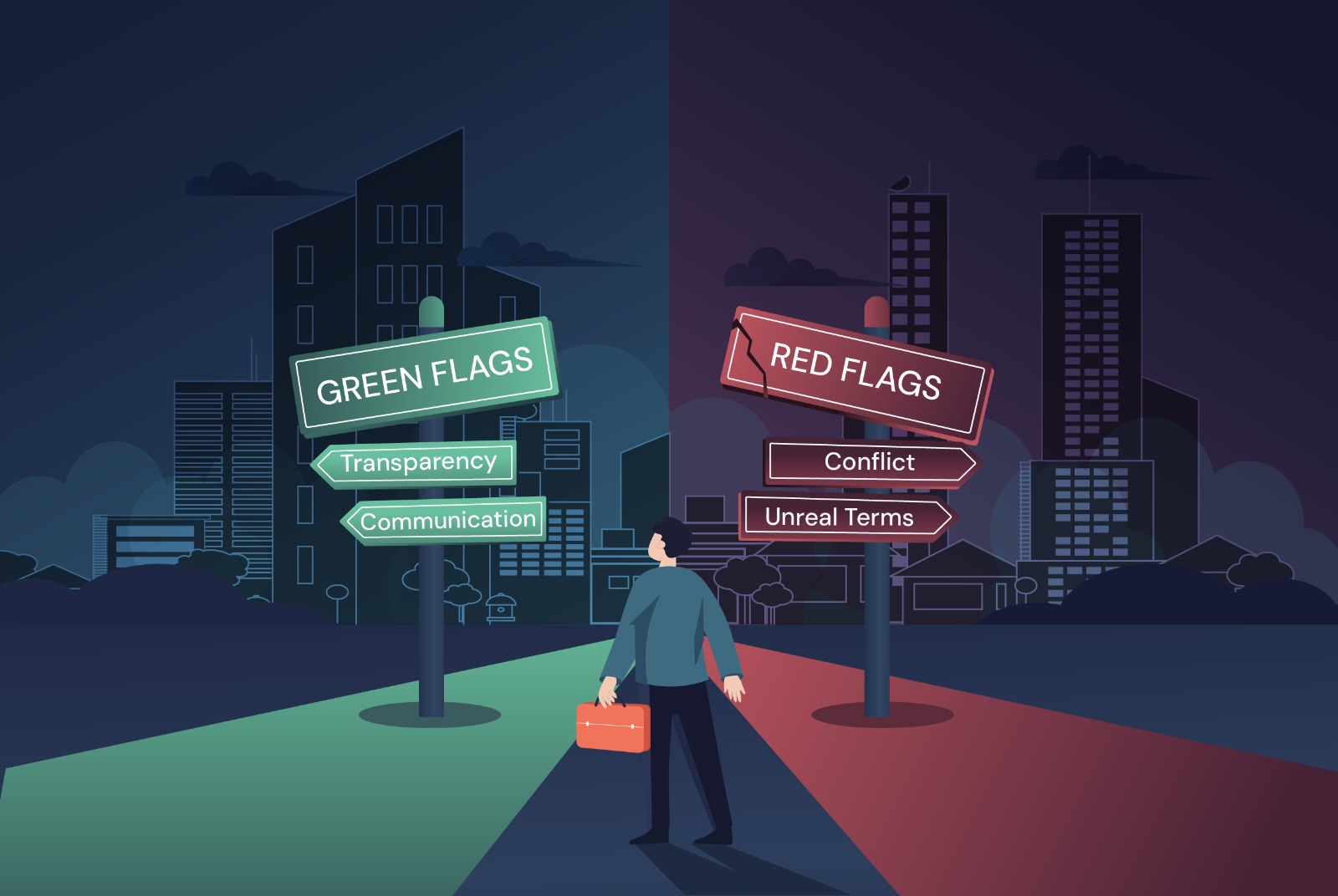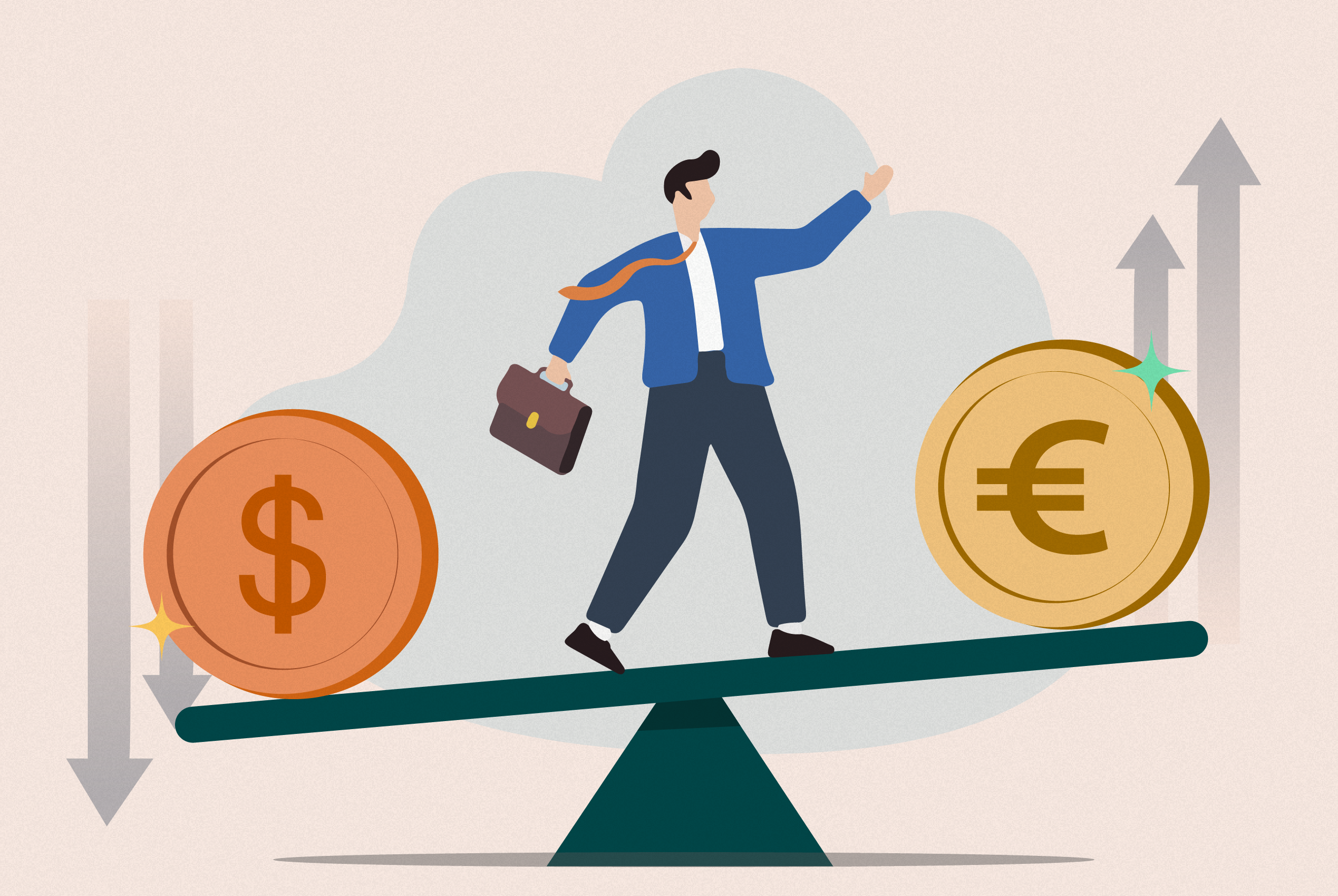
Monthly recurring revenue (MRR) is the cornerstone of sustainable growth for SaaS and AI companies, but it doesn’t tell the whole story. Reducing churn—the rate at which customers stop using a product or service—can help increase your customer lifetime value (CLV). If you have an unnecessarily high churn rate, you’re leaving money on the table. Retaining existing customers will always be cheaper than acquiring new ones. Knowing how to maximize LTV is key for achieving profitability at scale.
What’s a Good Churn Rate?
According to a meta analysis of SaaS churn rate reports, what constitutes a “good customer churn rate” varies depending on the maturity of a company.
- Mature SaaS companies: 5-7% annual churn
- Newer, less established SaaS companies: up to 40% annual churn (5% monthly)
This was consistent with other reports that showed that longer time in business correlated with a lower customer churn rate. So, the good news is that “time is on your side.”
Strategies for Reducing Churn and Increasing LTV
If you’re not the kind of founder who just wants to “wait to see if things improve” as your startup matures, here are the tips, tricks, and strategies that will help you boost customer retention and support sustainable growth.
1. Break Down Your Churn Rate by Customer Segment
Acquiring more customers isn’t as important as acquiring the right customers. As part of your churn analysis, you want to break down different segments to identify which have the highest customer retention rate.
Hubspot made huge gains by identifying traits that made customers more likely to churn vs. stay. Then they made concerted efforts to focus sales development and onboarding efforts on the customers who surpassed the four-month mark. Within that group, they prioritized CHI—the Customer Happiness Index, which tracks how well and how often existing customers use HubSpot. These combined efforts helped HubSpot reach $100 million in annual recurring revenue (ARR).
2. Improve Customer Onboarding
When users reach their first “aha!” moment quickly, they’re more likely to stay. The first 30-90 days are a customer churn “danger zone” for many SaaS and AI companies. Taking steps to improve customer onboarding can help prevent this. Ensure new customers understand how to use the product, are familiar with the full suite of features, and can effectively access support and customer service channels when issues arise. When you have a solid onboarding flow with tools and systems set up to answer common questions, it can reduce the support burden carried by your customer success team.
3. Invest in Product Improvement
It pays to invest in product. According to the ProfitWell report, companies that release weekly features have a 7.5% lower churn rate than those that release features less often. Making small, consistent investments in product development can help reduce both voluntary and involuntary churn.
Kaleido, a SaaS company offering enterprise-grade Blockchain and tokenization services, reduced involuntary churn by 38% with a series of three product improvements. First, they allowed subscribers to pause their subscription, rather than cancel, twice a year. Second, they improved localization efforts. Kaleido’s products are now sold in 20+ currencies, which has reduced the number of payments that failed (and the subsequent involuntary churn). Third, Kaleido conducted willingness-to-pay surveys that helped inform their pricing strategy.
4. Prioritize Annual Contracts
SaaS and AI companies that prioritize annual contracts have substantially lower churn than those that focus on monthly subscriptions. According to the largest study of SaaS churn rates, companies with 75-100% annual contracts see an average churn rate of 2.59% in Q3 and Q4. Companies with more than 90% monthly subscriptions see an average churn of 8.06% during the same period. Companies with no annual subscriptions saw an average churn rate of 10.4% in those quarters.
When customers only have to make one buying decision a year, rather than twelve, they’re less likely to churn. Ensure your product and pricing pages are set up to support this trend in customer behavior. Make sure you have an annual subscription option on your product and pricing page, and consider making it the default option.
5. Invest in Customer Support
When customers feel supported, guided, and valued throughout their journey, they’re substantially less likely to churn. Your customer success team often plays a pivotal role in customer retention vs. customer attrition. Responsive support quickly resolves issues and prevents the frustration that often leads to cancellations (and worse, bad reviews).
Invest in your customer support team. Make sure they have the tools and agency to effectively educate users, drive adoption, and help customer meet their goals. You also want to ensure that customer success has a seat at the table when building your roadmap, identifying priorities, and surfacing customer feedback for future product improvements.
6. Foster Customer Community
SaaS companies with thriving, engaged customer communities are more valuable. According to a 2024 report on customer community, retention was the leading lag measure for companies investing in community. Companies also reported that customer communities also led to up-sell and cross-sell opportunities and led to lead generation.
Customer communities allow users to engage with their peers—discovering new use cases, solving problems faster, and feeling part of something bigger. Communities also reduce reliance on formal customer support. They can lower costs associated with the onboarding process and identify new features that would be valuable to your user base.
7. Look at What the Competition is Doing
If your business is struggling with higher churn than the average, it might benefit you to look to the people to the right and left of you. What are they doing right that you could be doing? What are they doing wrong that you could avoid?
8. Talk to Your Customers (and Listen)
You know who has information about what your customers want? Your customers. Find ways to check in with them regularly—either by including brief surveys at various checkpoints during the customer journey, creating a survey contest (where customers gain the opportunity to win a gift card or other prize in exchange for feedback), or engaging in long-form, qualitative customer interviews.
When you take the time to listen to customer feedback, you often receive surprising information that may take the business in a new direction.
The Tools You Need for Sustainable Growth
At ECL, we’ve supported over 300 SaaS and AI companies with non-dilutive financing up to $3M, to help them maintain velocity and achieve sustainable, profitable growth. From growth calculators to non-dilutive financing, we’re here to help.





